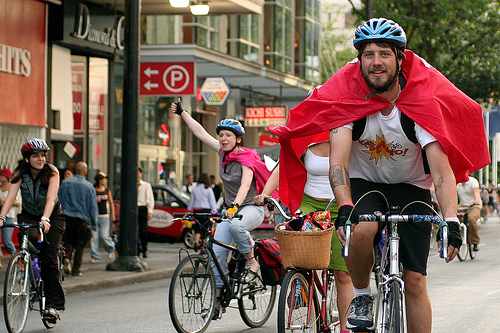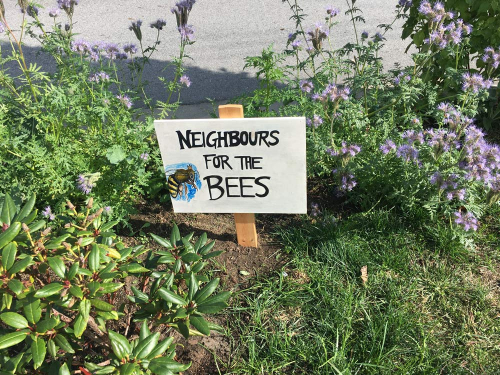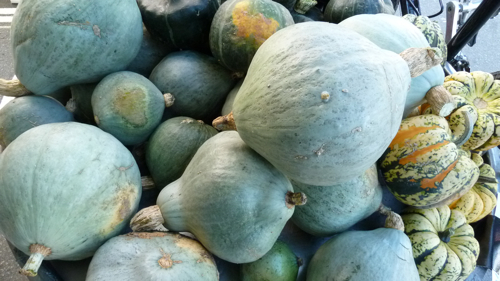Edward Burtynsky’s photographs show us the big picture
It can be difficult to grasp the scale of Edward Burtynsky’s subjects when there are no points of reference — no recognizable objects, intentionally no humans, and sometimes no horizon. Your understanding of what you’re looking at changes between close proximity and several steps back. Sometimes it’s better just to wonder, because comprehending the vast scale of a field of oil drilling rigs, Alberta’s oil sands or a coal mine in BC can take the wind out of you — at least, if you’re as affected as I am by these visuals. I left feeling pretty drained as it’s emotionally taxing to look at how we’ve shaped, polluted and destroyed the landscape of our planet to meet ever-growing needs. Not everything in the Vancouver Art Gallery’s exhibit of Burtynsky’s work was dark, but a bleak image of a massive pile of tires (at a distance, just a huge wave of black) burning after a lightning strike had me reeling and thinking, “what have we done?”
“In Burtynsky’s vernacular, the ‘manufactured landscape’ is no longer a simple contest of nature versus culture; instead his images suggest an emergent condition in which the natural world has been fully consumed, never to reappear again.” — Vancouver Art Gallery
I was standing in front of a large format aerial photograph of a Scottsdale, Arizona suburb when the woman next to me said, “this is the scariest one.” I don’t know if she’d been to the other side of the exhibit yet, but I understood what she meant. A rectangle of desert with a road around its perimeter marks the Navajo reserve, abruptly divided from suburbia, which is the usual unsustainable pattern: tendrils of cul-de-sacs, single-family houses — many with pools — tennis courts, and trees, all supported by a dwindling water supply. Far, far in the distance one can see a few towers in Phoenix, an unpleasant highway commute away. Now that I have time to absorb it, the connection between this and the rest of the exhibit is clear: the activity documented by Burtynsky feeds this horrific exercise in “community planning.” Artificially cheap oil, mining coal and metals, irrigating the desert — it’s all to feed an insatiable appetite called the American Dream.
I’ve been working for months on various campaigns working to shift away from Canada’s large-scale, rapid energy extraction, consumption and export economy, and toward green energy and jobs. Our opposition is wealthy and determined, and the media not always kind. Exhibitions such as Burtynsky’s, or similarly Chris Jordan (on consumption and waste), help to bring a real-life tangibility to what corporations and consumers are doing. It’s up to us to fight for the alternatives, and to be reminded of the ways in which we can meet reasonable needs responsibly.
To that end, here are a few ways you can get involved:
Sign the pledge to push for a fair, province-wide vote on oil pipelines and tanker traffic in BC
100 in 1 Day, Vancouver edition — multiple workshop dates culminating in 100 urban interventions on June 7th each in Vancouver, Toronto, Montreal and Halifax
CanRoots, May 23–24
10th anniversary screening of The Corporation, May 26th
The Edward Burtynsky exhibition at the Vancouver Art Gallery ends May 26th.



